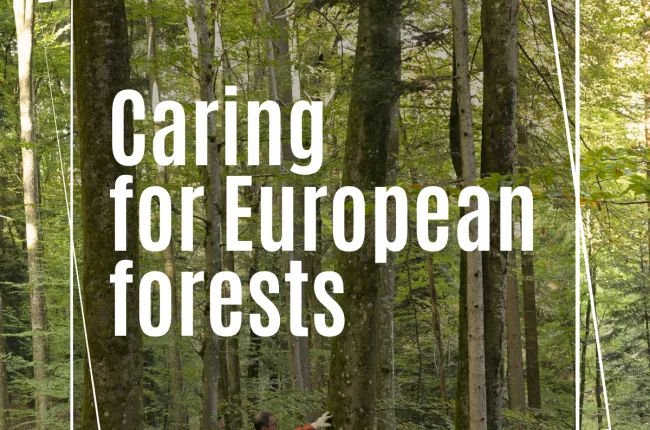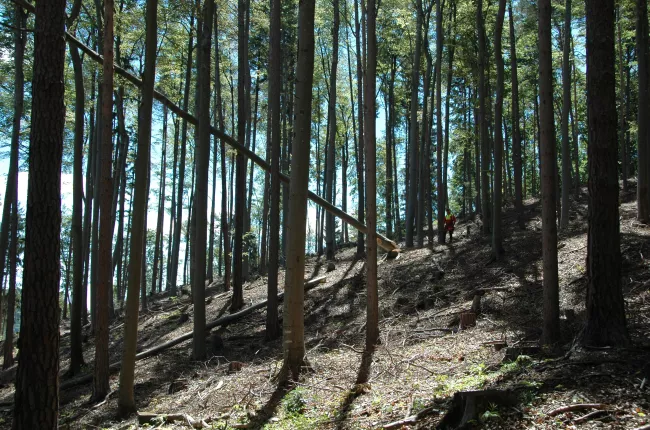European forest owners express their full solidarity with all people affected by the ongoing terrible droughts and wildfires raging across Europe. Our thoughts are also with forest owners, landowners and farmers who have seen in a few hours the work of several generations destroyed.
In the midst of this tragedy, our gratitude goes to all those who endlessly fight the advancement of the fires and open new firebreaks, and try to mitigate fire impacts on the landscape. It is worth noting that the EU Civil Protection Mechanism has been able to channel additional airborne support to Portugal, Spain, Albania and Slovenia from other EU Member States to support the response to the fires.
Forest fires affect all EU territories, from North to South, East to West, and the on-going climatic change is only increasing their intensity and frequency. Recovery of these devastated areas towards creating a more resilient landscape to these changing conditions will be crucial and will need strong and long-term political and financial support. European forest owners have been and will always be committed to managing their forests and continuing to work to prevent forest fires and to rebuild and restore the burnt areas.
Forest fires do not only represent a serious danger for human beings and rural areas, environment and biodiversity, but also a serious threat for climate change mitigation potential of forests. CO2 in forests, carbon storage in wood products and the substitution of fossil materials and energy play a crucial role for climate change mitigation. When forest fires occur, all those benefits together with livelihoods are wiped out. Worse, forest fires are a massive emitter of GHG emissions, accelerating the climate change process.
The best way to minimize the impact of forest fires, is to decrease their likelihood of even starting. Forest fire prevention can be achieved through active sustainable forest management. However, under such extreme conditions as we are witnessing today, ignition can not always be totally prevented. This is why these prevention practices have to be complemented with dully planned and implemented preparedness and response measures, adapted to local conditions of the European forest ecosystems.




